A research team led by scientists from City University of Hong Kong has developed an ultra-cooling patch (UCP) that effectively cools down PV panels and utilizses waste heat for freshwater production.
According to its developers, the flexibility and adhesive properties of the patch allow for simple integration with various PV configurations.
“The UCP is composed of 3 layers: an atmospheric water harvester (AWH), a thermal regulation layer, and an adhesive layer,” the team explained.
“During the nighttime, the UCP captures moisture from the air, with the aligned channel in the UCP and the radiative cooling effect of the PV panel synergistically enhancing the moisture sorption efficiency.”
“During the daytime, the PV panel generates electricity and heat under solar irradiation. Waste heat can be utilised to vaporise water in the UCP, whereas the latent heat from water evaporation effectively cools the PV panel.”
To create the AWH layer, the team started by making a sodium alginate hydrogel skeleton with channels. Calcium chloride (CaCl₂), a hygroscopic salt, was loaded into the channels to absorb moisture from the air at night.
For the heat transfer layer, the group placed a thin copper sheet, to assist with the removal of the heat from the solar panel into the patch. Finally, an adhesive layer consisting of silicone gels of different viscosities was added. It allows the UCP to stick to other materials, including polymers, metals, ceramics, and glass.
“The PV panel employed in the experiment had dimensions of 100 × 100 mm, with an effective area of 8,000.04 mm2. The UCP was adhered to the underside of the PV panel to form PV-UCP, which was then placed on a 3D-printed scaffold to facilitate vapor escape,” explained the academics.
“Under one sun irradiation, the pristine PV panel reached a temperature of 60.6 C, whereas the PV-UCP achieved a significantly lower temperature of 38.9 C, thus indicating a substantial reduction in operating temperature by 21.7 C. Correspondingly, the maximum output power density of the PV panel increased significantly from 0.77 W to 0.92 W.”
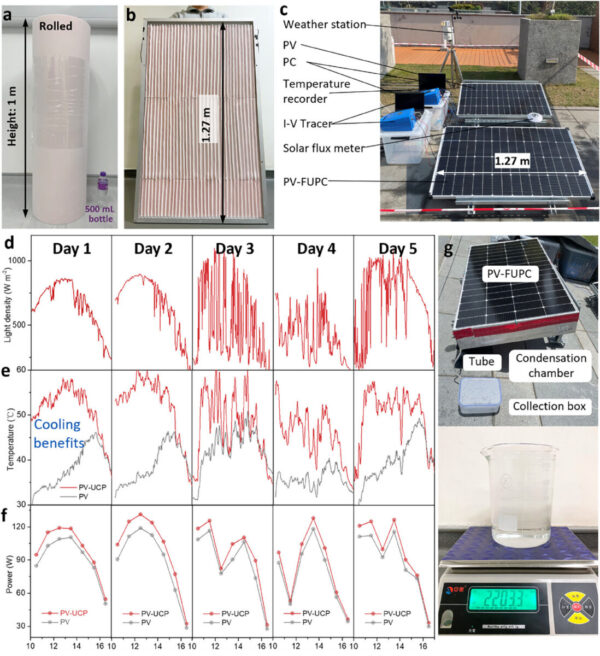
Image: City University of Hong Kong, Advanced Materials, CC BY 4.0
Utilising the flexibility of the material, the group has also tested the patch in a folded UCP (FUCP) posture.
By reshaping the UCP to include fins, the interface between the thermal regulation layer and AWH, as well as the interface between the AWH and air, was enlarged. The FUCP fixture reduced the PV panel temperature by 29.5 C, while also increasing the maximum power density by 28.69% when compared to the standalone PV panel and almost 8% over the PV-UCP.
The team then evaluated the effectiveness of their strategy on a large-scale case. Using commercially available melamine sponge and copper tape, they fabricated a FUCP of 2,000 mm × 1,000 mm and installed part of it on the back of a commercial PV panel of 1,270 mm× 760 mm.
The panel was placed outside for five days of experiments at the Hong Kong Polytechnic University.
“Under natural sunlight, the FUCP significantly reduced the operation temperature of the PV panel by 21.2 C and 24.7 C over the first two days. Owing to the cooling effect, the power-generation performance increased from 102.9 W to 115.1 W,” the researchers found.
“By integrating a condensation chamber behind the PV panel, more than 2.2 kg of water could be collected during the daytime, which could be used for domestic consumption and self-cleaning of the PV panels.”
The results appeared in “Passively Ultra Cooling Patch Enabling High-Efficiency Power-Water Cogeneration,” published in Advanced Materials. Researchers from City University of Hong Kong, the Hong Kong Polytechnic University, Australia’s University of Adelaide, and the United Kingdom’s University of Nottingham have participated in the study.
This content is protected by copyright and may not be reused. If you want to cooperate with us and would like to reuse some of our content, please contact: editors@pv-magazine.com.
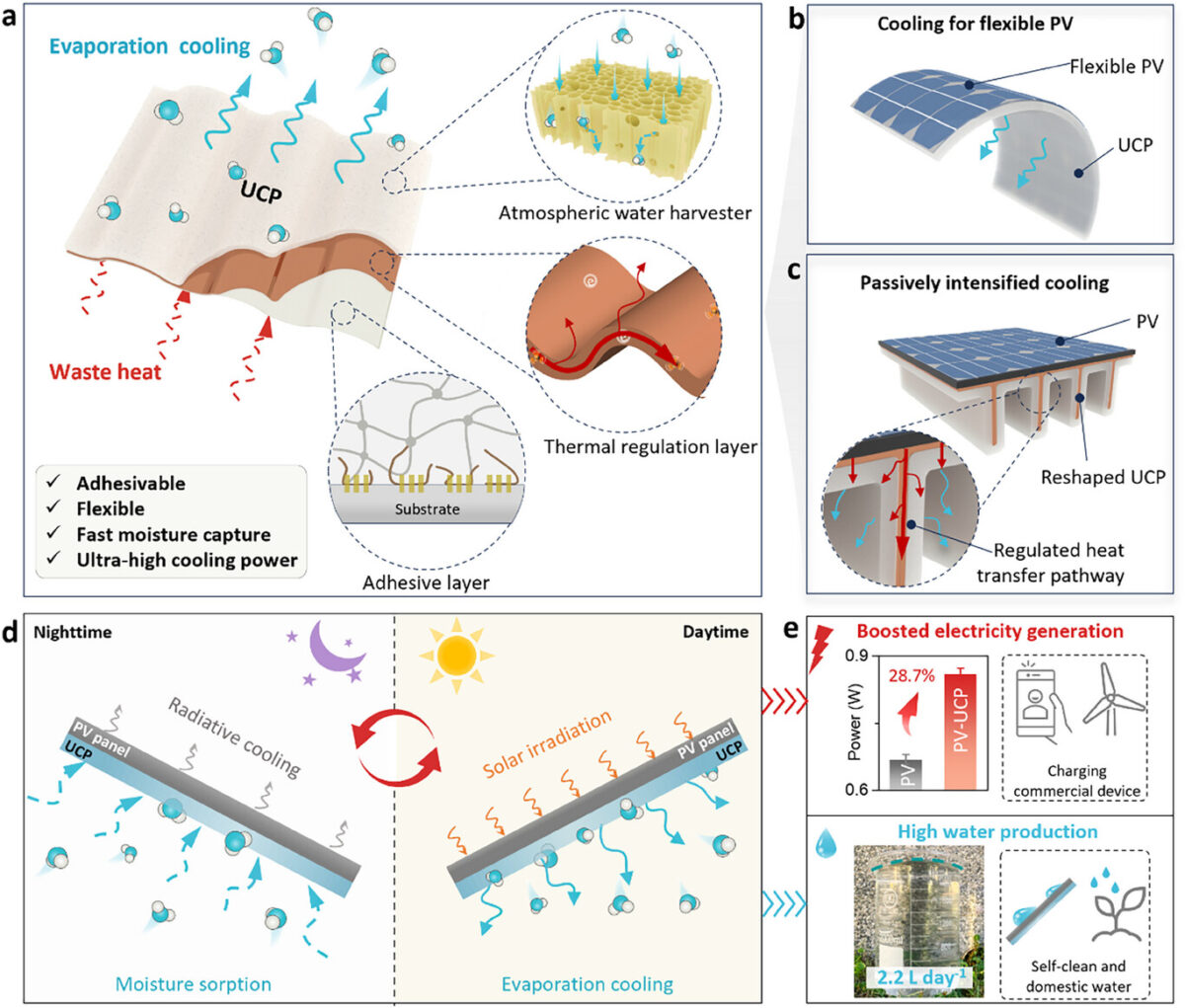
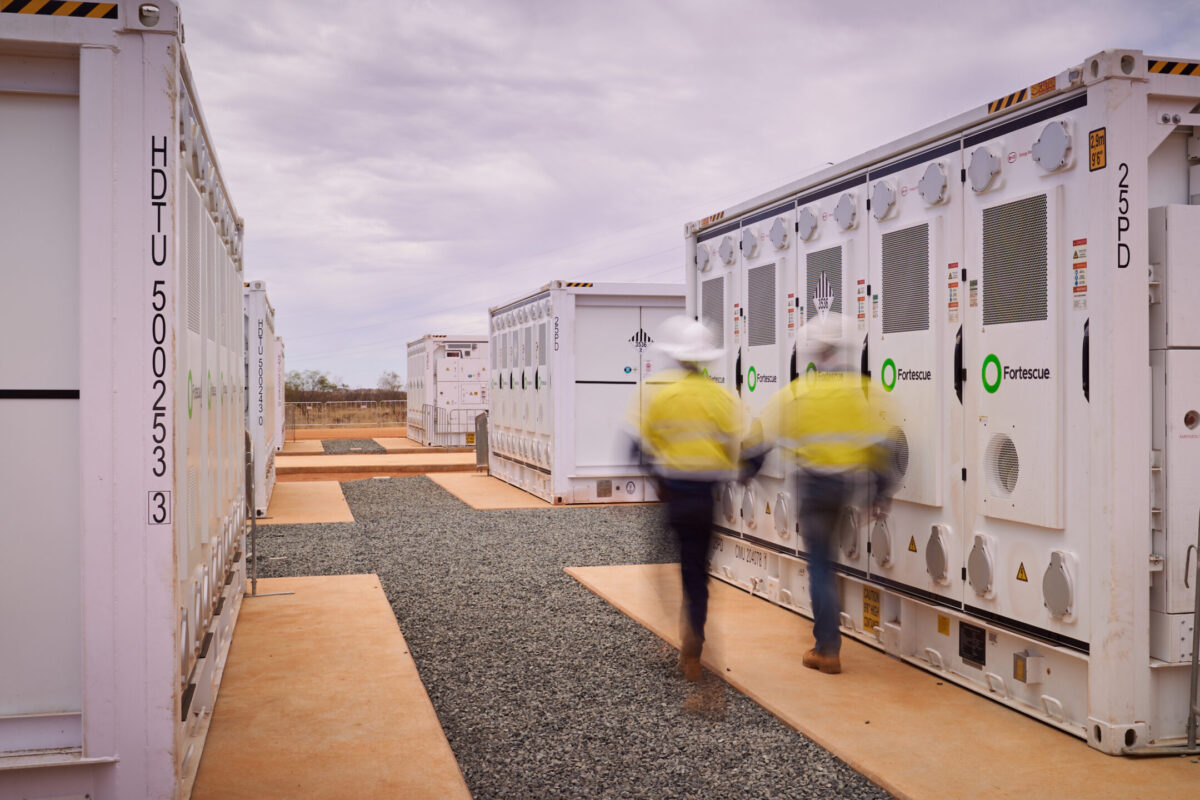


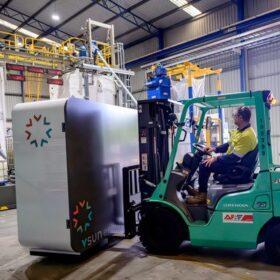
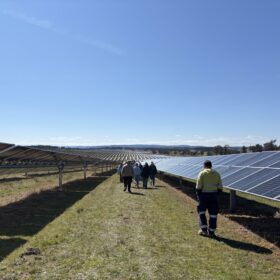


By submitting this form you agree to pv magazine using your data for the purposes of publishing your comment.
Your personal data will only be disclosed or otherwise transmitted to third parties for the purposes of spam filtering or if this is necessary for technical maintenance of the website. Any other transfer to third parties will not take place unless this is justified on the basis of applicable data protection regulations or if pv magazine is legally obliged to do so.
You may revoke this consent at any time with effect for the future, in which case your personal data will be deleted immediately. Otherwise, your data will be deleted if pv magazine has processed your request or the purpose of data storage is fulfilled.
Further information on data privacy can be found in our Data Protection Policy.